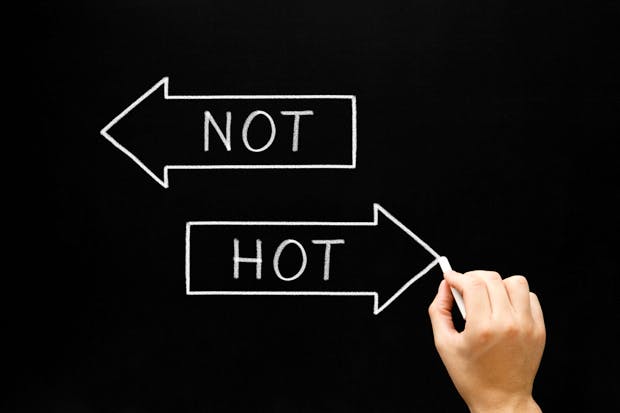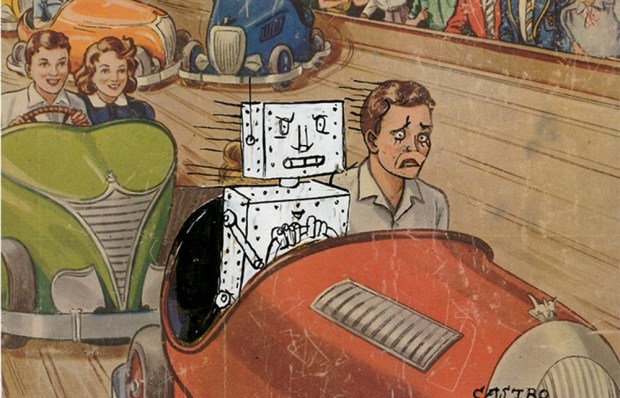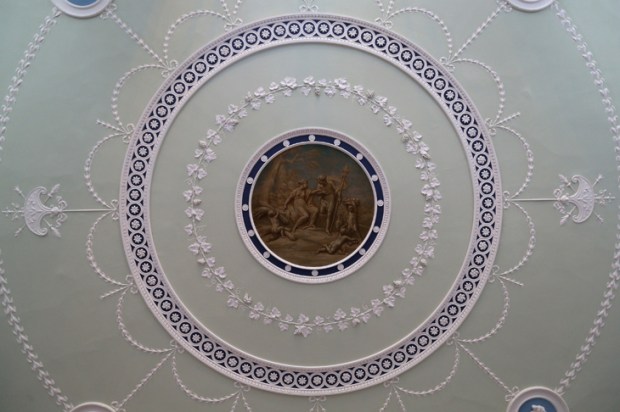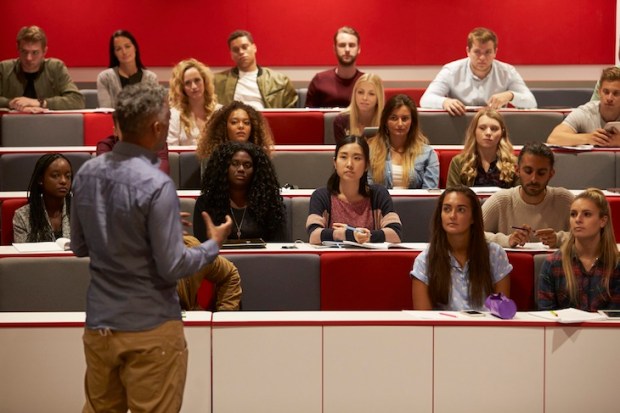A few months ago I received a call from someone running a small private school near New York. They believed their school was objectively better than a larger, more famous establishment nearby, but had more difficulty attracting pupils. What should they do?
This is not easy. You see, however skilled your teachers are, what really makes a good school is often simply having a reputation for being good. When parents choose a school for their children, much as they pretend otherwise, they are not really choosing a school so much as buying a peer group for their offspring (and, to some extent, for themselves).
Yes, I know everyone talks about facilities and teacher-pupil ratios and so on when they talk about schools, but this is largely bullshit to maintain the pretence of rational objectivity. (Trust me, once you follow David Ogilvy’s dictum that ‘people don’t think what they feel, they don’t say what they think and they don’t do what they say’, understanding human behaviour becomes much easier.) Instinctively, people choose schools using the same social epistemology they use to choose pubs: it doesn’t matter how good the beer is if you don’t like the clientele.
This peer-group effect means that however hard you work to improve your school, people may still not choose to send their children to you, instead preferring a school they think other people think is better. The technical term for this second-order selection is a ‘Keynesian beauty contest’ and it explains how public schools and universities preserve their relative prestige for centuries. The businesses most similar to schools and universities in this respect are luxury fashion brands, where the same Keynesian feedback loop operates. It doesn’t matter which brand of sunglasses you prefer — what matters is whether other people admire them. Since collective consensus is less volatile than individual judgment, fashionable brands enjoy a kind of monopoly power. Seen this way, Harvard or Eton no more deserve charitable status than Chanel or Ray-Ban.
Interestingly, it took a certified genius to crack this problem. When (now Sir) Christopher Zeeman founded the mathematics department at the University of Warwick in the 1960s, his dilemma was this: how do you compete with Oxford or Cambridge?
His solution was to make his first six academic appointments all from his own narrow field of topology. Since Zeeman himself was perhaps the world’s pre-eminent geometric topologist, he was able to attract six of its best ten practitioners to join him. He later hired rock stars from the fields of algebra and analysis and repeated the same trick. Fifty years on, Warwick still has a stellar reputation for mathematics.
As Zeeman understood, the way to compete against entrenched businesses is by obliquely specialising. Apple never defeated Microsoft on the desktop; it created a new playing field upon which it could win. Similarly, GoPro didn’t tackle Canon and Nikon on a wide front; they went narrow and oblique. The problem with schools — unlike cameras and iPods (and even departments of mathematics) — is that a monolithic exam system prevents schools from doing anything radical. All of them (music schools excepted) must compete on exactly the same turf, meaning that no real innovation can occur. The assumed need for objective comparison stifles variety. The government claims to want a more varied educational system, yet imposes uniform metrics which make this impossible. Perhaps there is no answer to my New York caller except: ‘Wait a couple of centuries and hope.’
Got something to add? Join the discussion and comment below.
Get 10 issues for just $10
Subscribe to The Spectator Australia today for the next 10 magazine issues, plus full online access, for just $10.















Comments
Don't miss out
Join the conversation with other Spectator Australia readers. Subscribe to leave a comment.
SUBSCRIBEAlready a subscriber? Log in